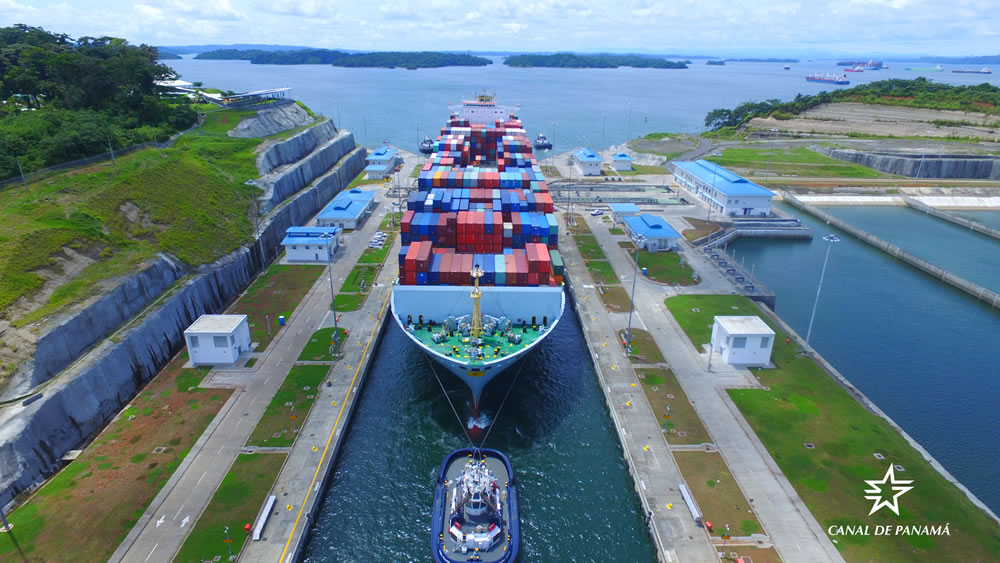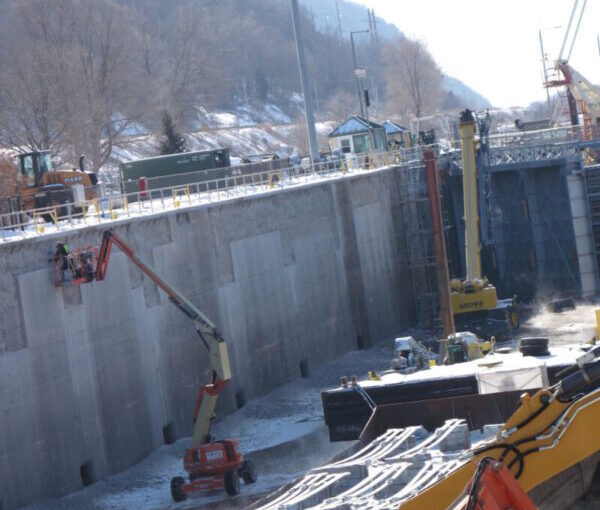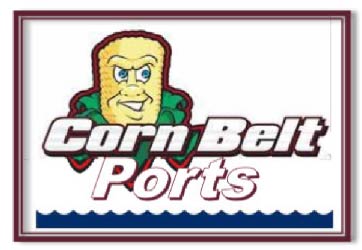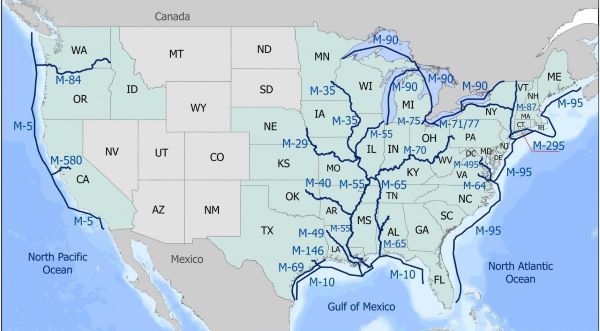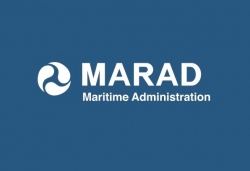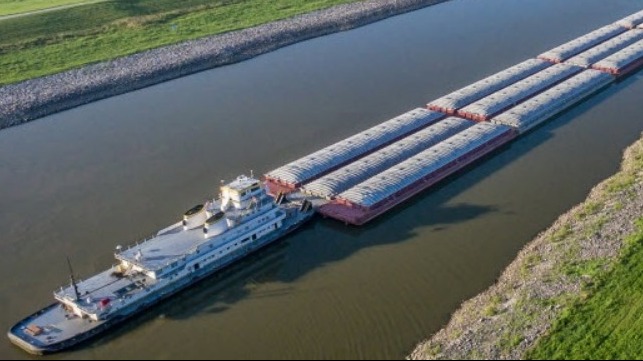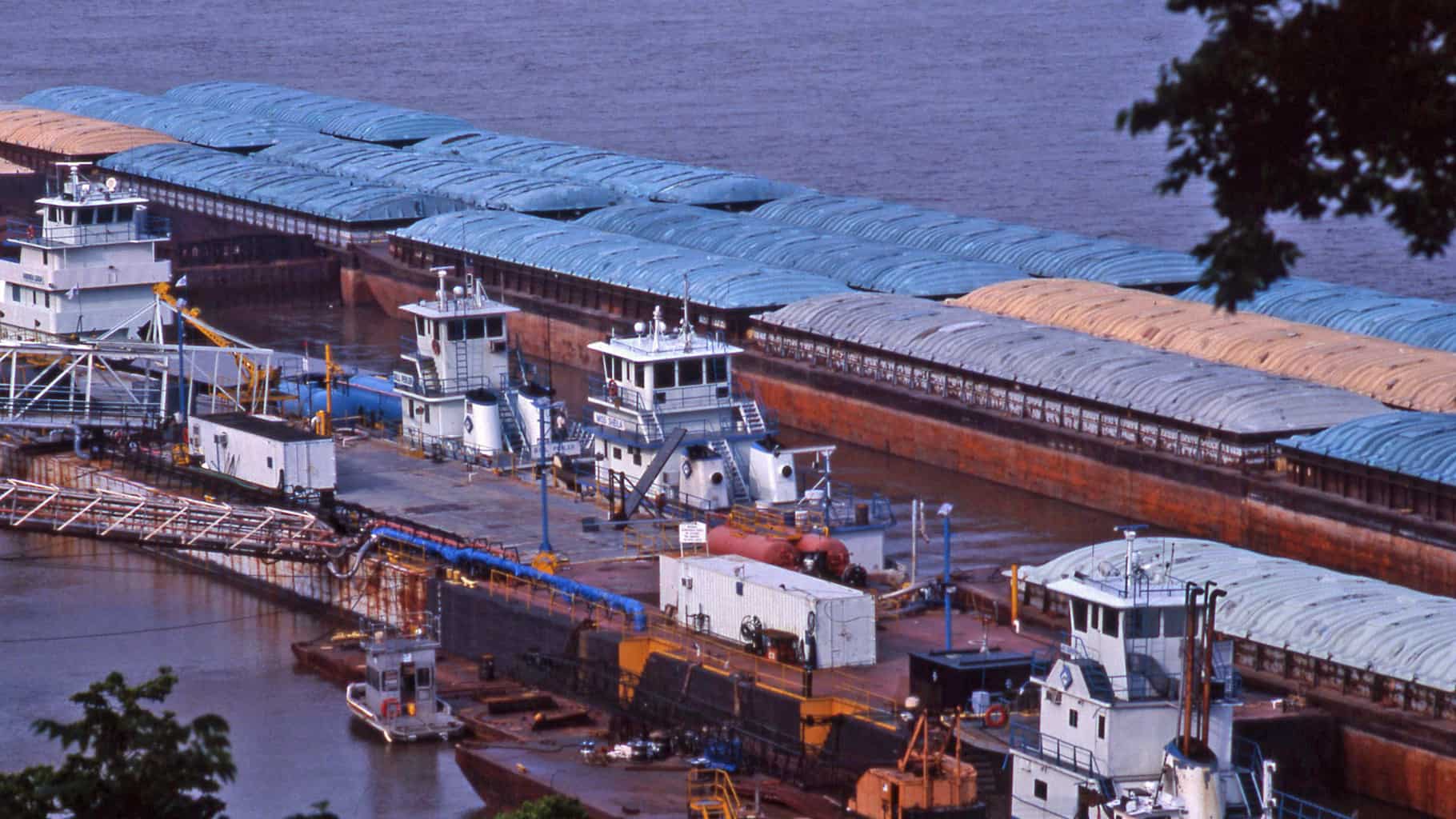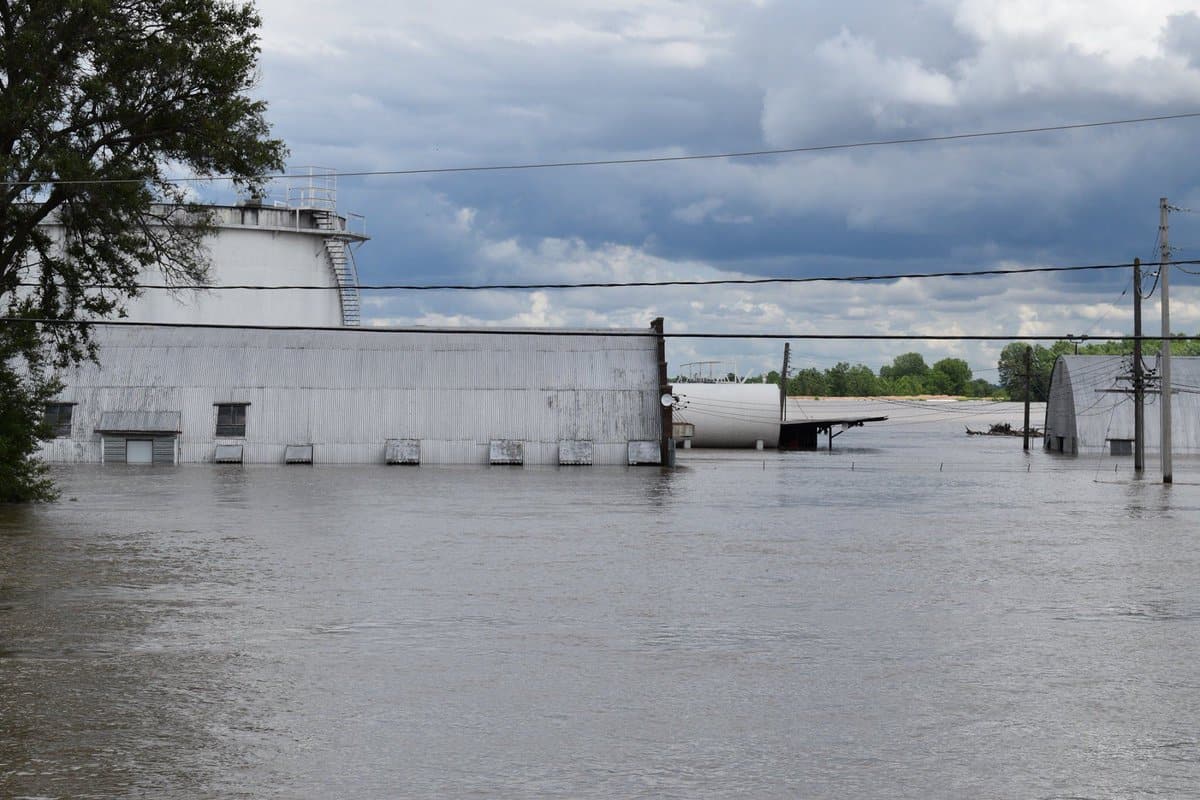The Panama Canal expansion was anticipated to induce changes in ports of call on the US Coasts. While the findings are still out of the consequences of the expansion on world and Midwest logistics, one thing that has changed is the price to transit the canal. Prior to the expansion of the canal the record transit cost […]
Category: Maritime
With the Upper Mississippi River Infrastructure far past its intended life span, should the private sector invest? https://www.wwno.org/coastal-desk/2023-05-18/mississippi-river-shipping-infrastructure-is-aging-who-should-pay-for-the-repairs
Many major cities around the world were founded on marine transportation corridors. St louis lays claim to this history and is working towards revolutionizing container freight movement in the region. Read about the promising and long-awaited Container on Barge (COB) development for the Mississippi River in the KSDK.com article “New St. Louis port bringing container ships […]
Three new Port Statistical Areas in the tri-state area of Illinois, Iowa and Missouri made their debut on the principal U.S. ports list: the Illinois Waterway Ports and Terminals (ILWW), the Mid-America Port, and the Mississippi River Ports of Eastern Iowa and Western Illinois (MRPEIWI). Combined, the new Port Statistical Areas accounted for more than […]
“The U.S. maritime industry has long been a neglected sector and has not received as much attention as transformation in road transport (e.g., electric and autonomous trucking) and air transport (e.g., the development of electric and autonomous cargo drones). The electric and autonomous shipping revolution is being driven primarily by China and Scandinavian countries. With […]
Continued efforts in developing the marine freight system across the MAASTO region are paying off. Funds have specifically been granted to ports in Indiana, Kentucky and Illinois. Neighboring states, upstream and downstream MAASTO states will also benefit from this funding. On June 15, 2020 U.S. Transportation Secretary Elaine L. Chao Announced $9.5 Million in Grants […]
Article by THE MARITIME EXECUTIVE 2019-08-28 19:27:06 The U.S. Department of Agriculture (USDA) has released a study that quantifies the cost-savings and competitive advantages that would accrue from investing in long-delayed improvements to inland waterways locks and dams on the Upper Mississippi and Illinois River system. The study, Importance of Inland Waterways to U.S. Agriculture, addresses the […]
WASHINGTON, DC – The U.S. Department of Transportation’s Maritime Administration (MARAD) today announced the designation of nine Marine Highway Projects and a Marine Highway Route that will benefit Connecticut, Florida, Michigan, New York, Oregon, Texas, Virginia, Washington State and American Samoa. Marine highways are navigable waterways that can be used as alternate options to traditional […]
The Mississippi River has been swollen for several months, disrupting commerce up and down its 2,300-plus miles. Historic flooding has ruined billions of dollars worth of crops and farmland in the Midwest, and the damage has been spreading downstream, all the way to Louisiana. The flooding has also damaged levees, dams, bridges and roads, putting […]
For months, farmers and ranchers along the Missouri River from eastern Nebraska through western Iowa haven’t been able to rebound from major flooding that destroyed billions of dollars of crops, cattle and property. The flooding situation has worsened due to heavy mid-spring rains that caused the Mississippi River and many of its tributaries from St. […]
